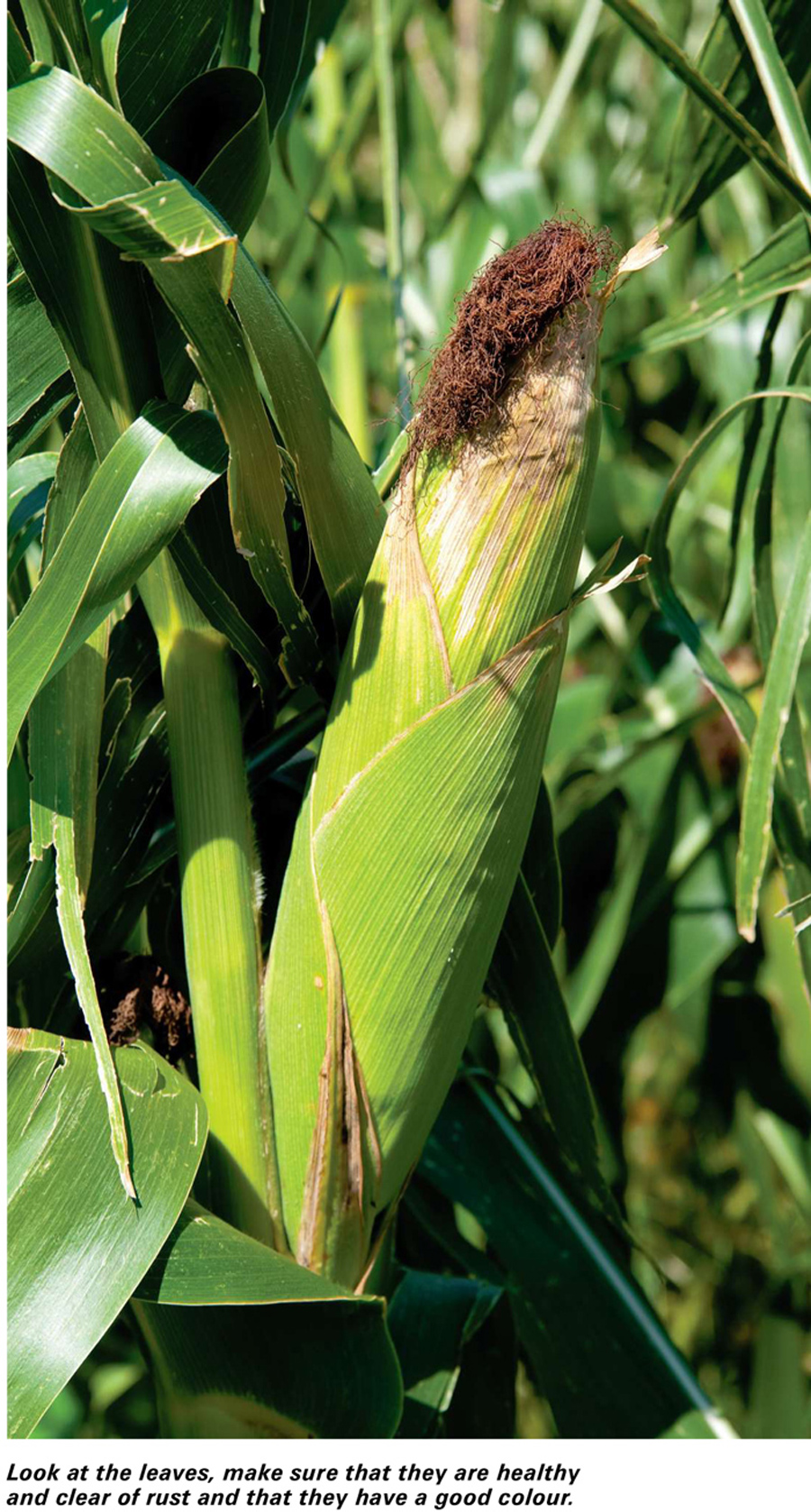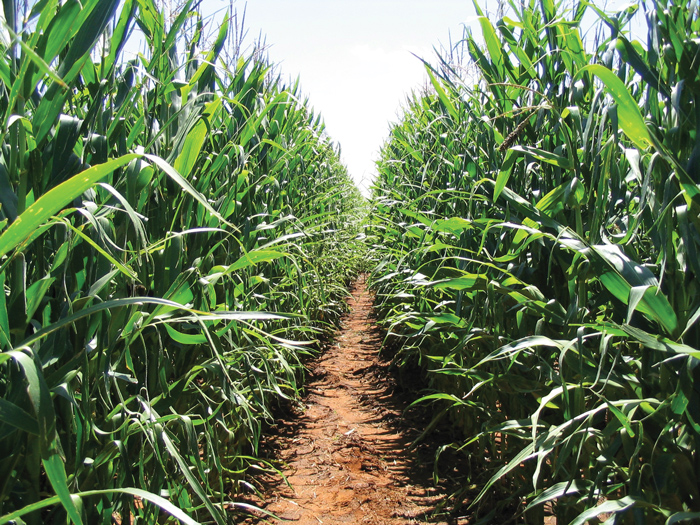March 2020
| Gavin Mathews, Bachelors in Environmental Management. Send an email to gavmat@gmail.com |  |
Keeping your maize crop heading in the right direction during the growing season can be challenging as there is always a lot on the go, and your time is spread thin. Having a clear plan of action is essential. If things don’t go according to plan, and this is definitely the case in the farming world, then we need to go into ‘crisis control mode’.
A lot about the farming profession is hinged on your ability to handle and manage pressure. Rudyard Kipling says in his well-known ‘IF’ poem; that: ‘if you can keep your head when all about you are losing theirs and blaming it on you … then you will be a man my son.’ Well, I think we could say: If you can keep your head when chaos strikes – then you will be a good farmer.
In the month of March chaos may strike, and at this time of year it usually comes in a few different forms. It could be disease, fungus, pests or any number of other problems that may arise. The key to combating these is to keep your head and deal with each issue as it arises. Remember, that you can only do as much as you can each given day. Therefore, it is crucial to manage your time well and when tackling a problem, do it fully and finish the job.
HOW TO MANAGE TIME IN TIMES OF CRISIS
Prevention is better than cure, is a rule which one should always try to live by. However, things do happen which we can’t always predict such as the Fall Army Worm outbreak which happened in 2016 across maize production areas of South Africa and continues to be a problem at times. The farmers who managed to control this outbreak effectively were the ones who were diligently monitoring their fields and picked up the outbreak early on.
Monitoring is a very important part of mitigating any form of outbreak that may occur in your crops. Scout your fields diligently and thoroughly. You could consider having a weekly route where you make a stop in all your fields to assess their progress and their health. Look at the leaves, make sure that they are healthy and clear of rust and that they have a good colour. Check the stems of the plant from top to bottom. Look for any damage caused by pests. If the plant is making cobs you can assess the progress of pollination. If all looks clear and healthy be sure to keep checking regularly as things can happen very quickly!
The important thing to bear in mind when a crisis occurs is that panic and chaos never solved any problems, so don’t panic. Try and keep a clear head so that you can think carefully and be decisive in your actions. Firstly, one should accurately identify the problem and if you are not sure rather call on the advice of a professional or a knowledgeable farmer who you trust. With modern technology and access to the internet it is becoming much easier to identify diseases and pests etc. But it is still safer to get a second and even third opinion.
Next you should assess the extent of the damage or infestation. If you are good about doing your crop scouting then you should be able to catch it early before the problem is at an uncontrollable level. Once you are sure what the problem is – and to what extent it is present in your field – then you should devise a plan of action to combat the issue at hand. Often there will be some form of chemical control measure which you can apply to tackle the problem – but using the correct product is essential! Consult your chemical representative to give you a recommendation and be sure to follow the programme that he gives you accurately. Remember that you are ultimately trying to minimise the financial loss that your potential yield loss will incur by leaving the problem untreated. If your crop is too tall to get in with a regular tractor drawn boom spray, then you will need to look at options like contracting a high-rise sprayer or an aerial crop sprayer to get the job done. This can be an expensive outlay, but as I mentioned before you should bear in mind the overall damage and loss that you may experience when leaving the problem unattended.
Remember that you are ultimately trying to minimise the financial loss that your potential yield loss will incur by leaving the problem untreated. If your crop is too tall to get in with a regular tractor drawn boom spray, then you will need to look at options like contracting a high-rise sprayer or an aerial crop sprayer to get the job done. This can be an expensive outlay, but as I mentioned before you should bear in mind the overall damage and loss that you may experience when leaving the problem unattended.
CONCLUSION
Crop scouting is an important task to perform, but it can be very rewarding. It can give you time to reflect and plan for the season ahead. It can also give you time to prioritise. Enjoy this time that you set aside to check on your crops and monitor their progress. Keep your boots dirty and your mind clear!

Publication: March 2020
Section: Pula/Imvula